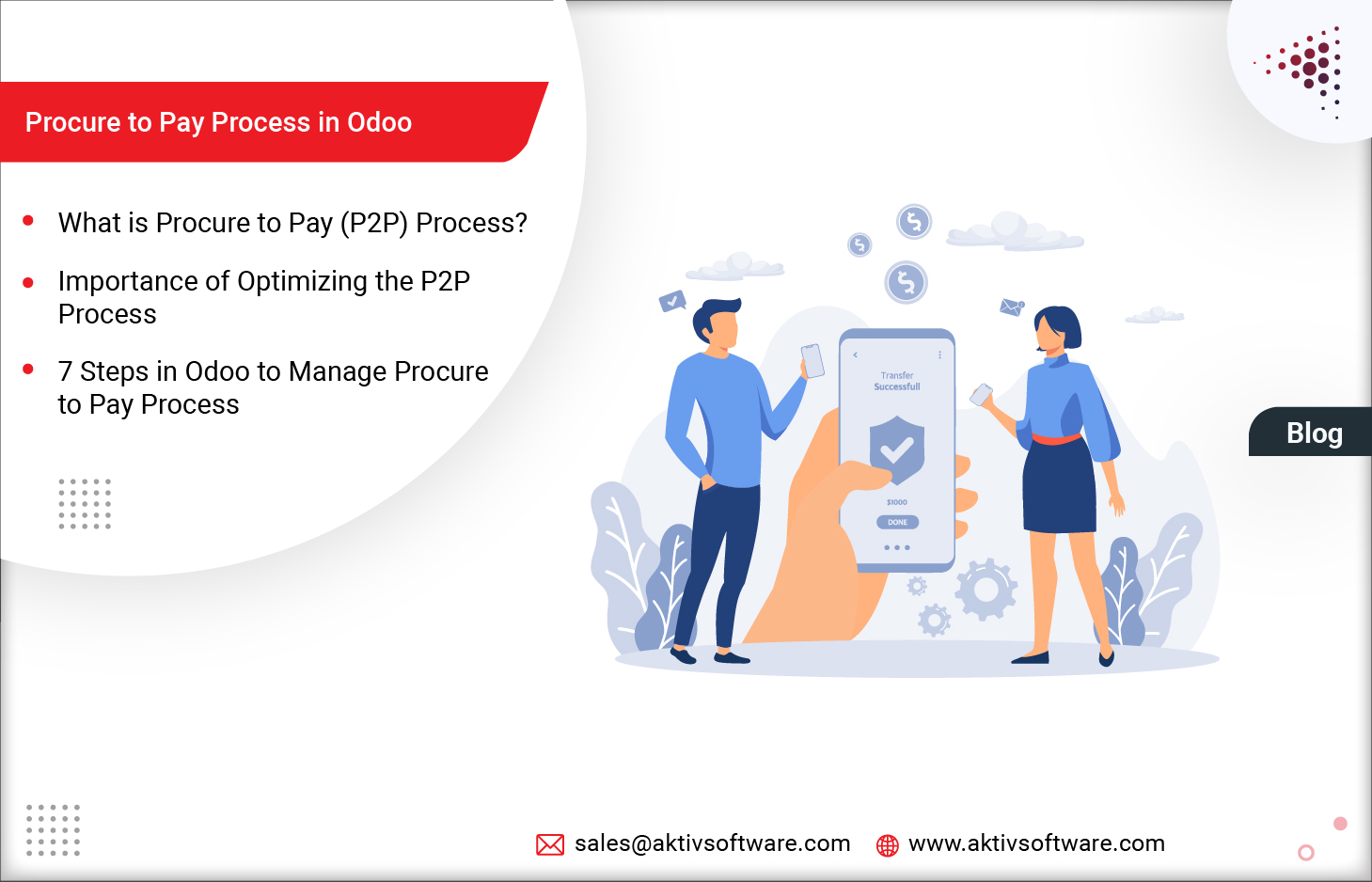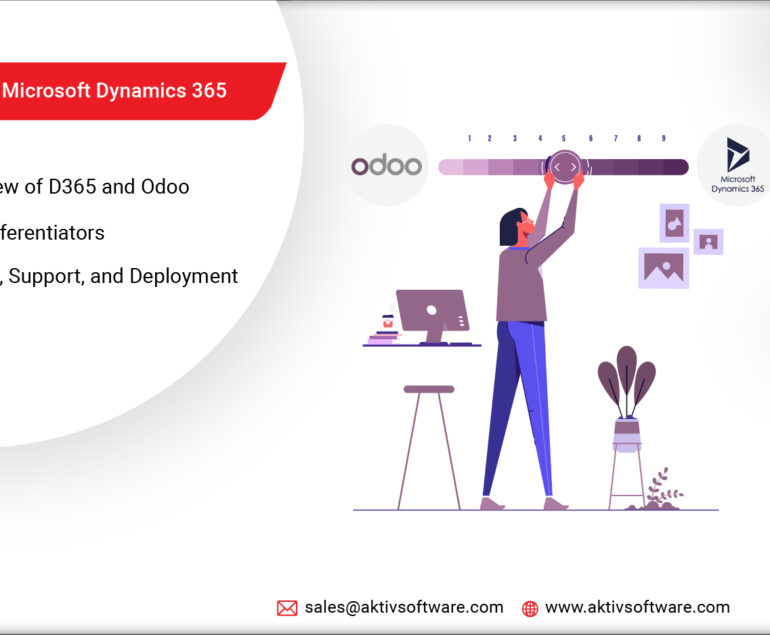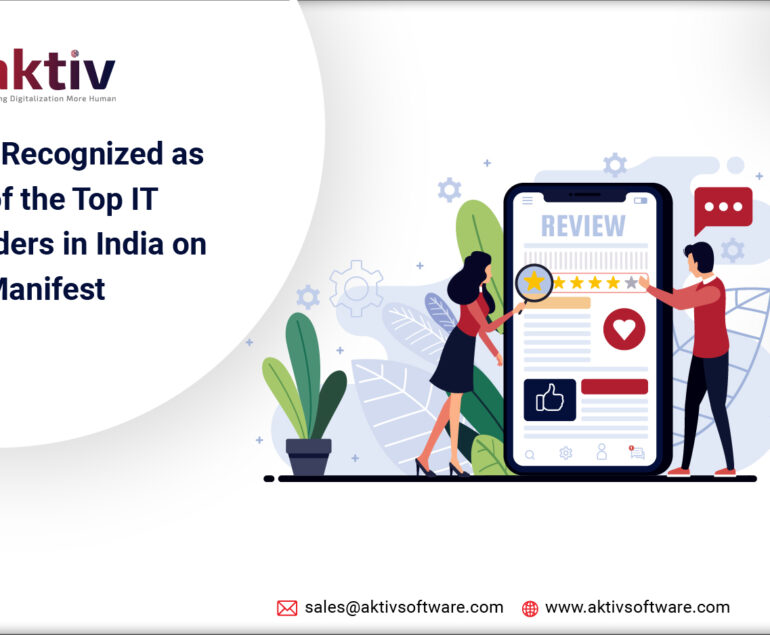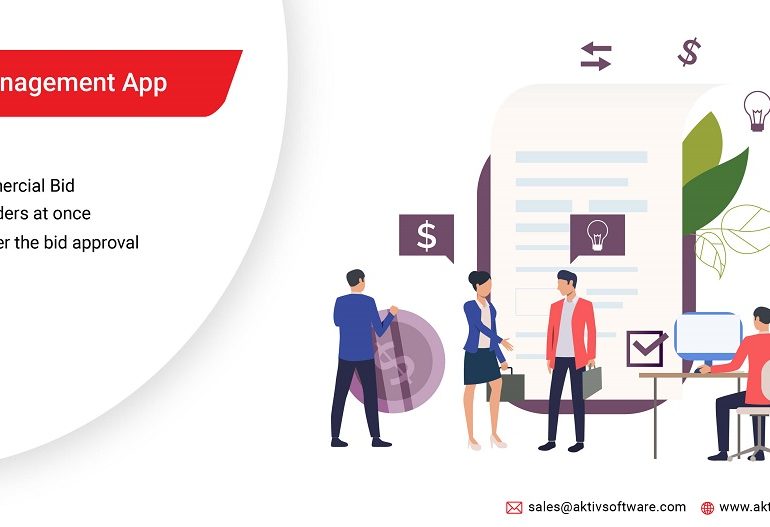Efficient procurement processes are very important for any business, as they directly impact cost control, supplier relationships, and overall operational success. From the time you order a product until the time that you pay its invoice, your Procurement and the Accounts Payable team should be able to monitor & track the process end-to-end.
Odoo, an integrated open-source business management software, offers a comprehensive solution for managing the procure-to-pay cycle. In this blog, we’ll take you through a step-by-step guide to the Procure to Pay Process in Odoo, highlighting key stages and features.
What is the Procure to Pay (P2P) Process?
The Procure to Pay (P2P) process is a comprehensive business workflow encompassing all procurement stages, from the initial request for goods or services to the final payment to suppliers.
It involves purchase requisition, purchase order creation, goods receipt, invoice verification, approval, and payment. The P2P process ensures efficient and transparent procurement operations, enabling organizations to acquire the necessary resources while maintaining accurate financial records, optimizing supplier relationships, and minimizing operational costs.
Why should you optimize your P2P Cycle?
Due to its multifaceted benefits, the Procure to Pay process holds significant importance for businesses across industries.
Firstly, it ensures a streamlined and organized approach to procurement, preventing errors and enhancing operational efficiency.
Secondly, the P2P Cycle fosters transparency and accountability in supplier relationships, as each step is documented and tracked. Additionally, by automating various stages, P2P reduces manual intervention, saving time and resources.
From a financial standpoint, accurate invoice matching and verification prevent overbilling or discrepancies, leading to better cost control. An effective P2P process ultimately contributes to improved cash flow management, strategic decision-making through data analytics, and overall agility in responding to market demands.
Understanding the pivotal role of optimizing the P2P process in your business, it’s crucial to delve into the finer details of each step within this process. This article explores efficient ways to manage the Procure to Pay Process in Odoo.
8-Step Guide to Manage Procure to Pay Process in Odoo
Step 1: Identify Needs
Identifying needs is the foundation of the procure-to-pay (P2P) process. It involves understanding the requirements for goods or services that the business needs to acquire. This step ensures that the organization’s procurement aligns with its operational goals and demands.
- Log in to Odoo.
- Navigate to the Inventory app.
- Go to the Configurations menu and click on ‘Reordering Rules’.
- Configure reordering rules and Odoo will automatically track the need to purchase new products or services.
Step 2: Create Purchase Requisition
Creating a purchase requisition formalizes the internal need and initiates the procurement process. It outlines the details of the required items, quantities, and any specific requirements.
Odoo doesn’t offer the feature to create purchase requisitions; however, you can use our custom-developed third-party Odoo app, ‘Purchase Requisition Creation & Allocation’.
- Install the third-party app.
- Configure the app as per your requirements.
- Navigate to the app from the dashboard and create a new purchase requisition.
- Follow the next steps to process the requisition.
Step 3: Generate a Request for Quotation (RFQ)
In many cases, your procurement department might want to request offers from multiple vendors simultaneously.
This helps in comparing pricing & speed of delivery for the same order by different vendors. However, in some cases, once a business relationship is strengthened with a particular vendor, this step is usually bypassed, and a direct purchase order is raised to a specific vendor.
- Navigate to the Orders menu in the Purchase app.
- Click on Request for Quotation & create a new RFQ.
- Enter the required details such as Products, their quantities & expected pricing, primary vendor, alternative vendors & expected arrival date.
- Confirm the RFQ and send it to multiple vendors.
- Choose the best offer and convert the RFQ into the Purchase Order.
Step 4: Create a Purchase Order
A purchase order is a formal document sent to the supplier to initiate the procurement process. It includes the details of the items, quantities, agreed-upon prices, delivery dates, and terms.
The Procurement department creates a purchase order (usually based on purchase requisition), passes it through the approval process and then sends it to the supplier.
- In case of creating a purchased order based on RFQ, follow the above process.
- Navigate to the Orders menu in the Purchase app.
- Click on Purchase Orders & create a new PO.
- Enter the required details in the Purchase Order & confirm it.
- The confirmed order can be shared with the vendor via email.
Step 5: Issue Goods Receipt
A goods receipt is generated to confirm the delivery upon receiving the ordered items. This step involves verifying the received items against the purchase order, checking the quality of the received items and updating the inventory. This process is done by your Warehouse team responsible for receiving the goods.
- Go to the Inventory app and select Receipts.
- Choose the corresponding purchase order to receive items against.
- Enter the received quantities and validate the receipt.
- Odoo will automatically update the inventory levels.
Step 6: Invoice Matching & Approval
The vendor sends the invoice for the purchase orders along with the shipment. Once the PO is received and the goods receipt is validated, a 3-way Matching between the purchase order, goods receipt and the vendor invoice is performed to ensure no discrepancies.
After the successful matching, the invoice is approved and passed to the Accounts Payable team for initiating the payment.
- Go to the Purchase app > Configurations > Settings.
- Enable the 3-way matching feature under the Invoicing section.
- Go to the Purchase Order and click on Create Bill.
- Review the information in the vendor bill.
- Click Confirm to validate and convert the draft bill to a Vendor Bill.
Step 7: Vendor Payment
Once the Accounts Payable team receives the final invoice or the vendor bill, they will process the payment as per the payment terms. Normally, various types of vendor payments involve advance payment, partial payment, final settlement, etc.
Keeping track of all pending payments and processing them on time will ensure a healthy relationship with your vendors.
- Navigate to Accounting app > Vendors > Bills.
- Select the specific vendor bill and click ‘Register Payment’.
- Enter various details such as the Payment Method, Recipient Bank Account & the correct Journal.
- Confirm the Payment, and Odoo will update the bill status accordingly.
Step 8: Track Vendor Performance
Normally, the P2P process is completed once the payment is made to the vendor. However, it is important to track vendor performance to ensure a more efficient P2P process cycle. Tracking vendor performance is crucial for maintaining strong supplier relationships.
This step involves evaluating factors like delivery timeliness, product quality, and communication.
- Go to the Reporting section of the Purchase app.
- Set relevant parameters and generate a customized report.
- Use these insights to assess vendor relationships and make informed decisions for future procurement.
The Procure to Pay Process in Odoo offers a comprehensive and streamlined approach to managing procurement activities.
From requisitions to payments, Odoo’s integrated features ensure that businesses can efficiently handle their procurement operations while reducing manual effort, minimizing errors, and improving supplier collaboration.
By following this step-by-step guide, organizations can harness the power of Odoo to optimize their procurement processes and contribute to their overall success.
Want to take a demo to understand the Procure to Pay Process in Odoo? Contact Us Now!









